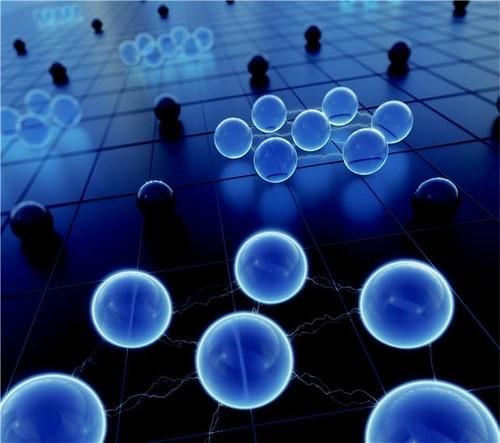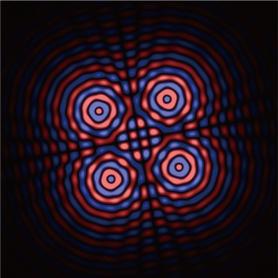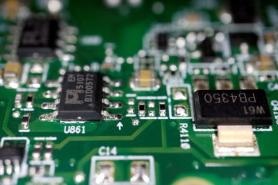
The finding, published in the global peer-reviewed scientific journal Nature on Wednesday, could potentially unlock mysteries surrounding high-temperature superconductors, materials that can conduct electricity without resistance and energy loss when reaching critical temperatures, and superfluid, fluid flowing without any loss of kinetic energy.
Led by Professor Kim Keun-su from Yonsei University's department of physics, the researchers used advanced techniques to observe this unique state of matter. The Wigner crystal, name-wise first theorized by Novel prize winner Hungarian physicist Eugene Wigner in the 1930s, has eluded experimental confirmation until now.
"We've experimentally discovered what 21st-century theoretical physicists had predicted, which is the formation process of these crystal fragments," Kim said during a briefing at the Ministry of Science and ICT.
The team employed synchrotron radiation devices, devices that shoot out electrons accelerating them near the speed of light, and angle-resolved photoemission spectroscopy devices, devices that detect valence band electrons emitted by irradiation, to measure the energy and momentum of electrons with high precision.
Their observations revealed distinctive irregularities in energy-momentum relationships, indicating the presence of electron crystal fragments about 1 to 2 nanometers in size.
The research team is now exploring the potential applications of this finding, particularly in the field of high-temperature superconductivity. They believe that understanding electron crystals could lead to advancements in designing materials with enhanced superconducting properties.
Copyright ⓒ Aju Press All rights reserved.




